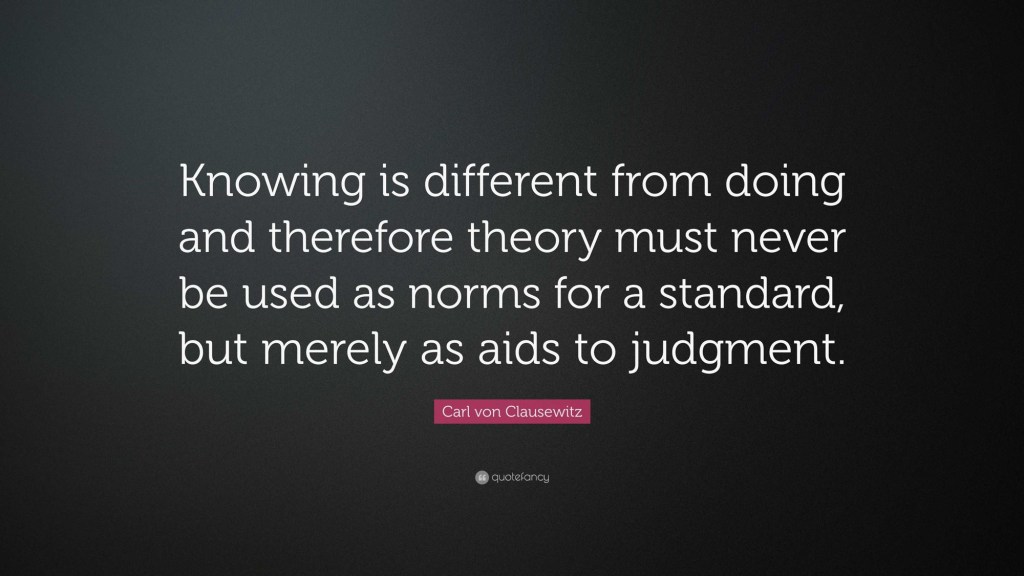Related:
US Congress Releases Latest Version of Defense Bill, Includes Taiwan Measures
Read More »Note: The 3rd Assault Brigade is widely regarded as the successor to the Azov Battalion, a unit originally founded by Neo-Nazi Andriy Biletsky. The battalion, later expanded and reorganized into the Azov Regiment, underwent rebranding amid evolving military and political dynamics, eventually forming the core of the current brigade.
El Tercer Cuerpo de Andriy Biletsky (Andriy Biletsky’s Third Corps)
On March 14, Colonel Andriy Biletsky, commander of the Third Assault Brigade, announced its conversion into the Third Corps of the Armed Forces of Ukraine, a formation that will remain under his command. In a video sharing the news on Instagram, Biletsky stated:
Read More »

Here’s What You Need to Remember: If Iran actually were to deploy Van Riper’s brutally effective tactics, it just might inflict even more damage than Van Riper’s own hamstrung forces did in their simulated, and rigged, war.
Related:
Battle Plan Under Fire | The Immutable Nature of War
Read More »Read More »Palmer Luckey has his revenge.
Less than a decade after, as he puts it, “getting run out of Silicon Valley by backstabbing snakes,” things are coming full circle for the Anduril founder who maintains a revenge folder.
Anduril Takes Over $22B IVAS Combat VR Headset Project for US Army


A Chinese naval task force, consisting of the Type 055 guided-missile destroyer Type 055, a Type 054A frigate, and a Type 903A replenishment ship, has been spotted operating approximately 124 miles [200 kilometers] east of Sydney, Australia.
China’s stealth destroyer lurks 124 miles off Sydney’s coast
Previously:
Chinese Navy Helicopter Intercepts Philippine Cessna Over Scarborough Shoal + Embedded Journalism
The aerial incident follows a week of multilateral activities between the Philippines and its allies in the South China Sea. These drills included back-to-back joint patrols with American, Japanese, Australian and Canadian forces. A U.S. Air Force bomber task force mission composed of two B-1Bs and Philippine Air Force fighter jets drilled off Luzon earlier this month. The Royal Australian Air Force also reported an unsafe interception incident with a People’s Liberation Army Air Force J-16 fighter over the contested waters last week.
As if not enough is going on in the world, the Chinese military has flown two new stealthy jets. Some military observers consider them a tangible threat to the U.S. One is a bomber and one is a fighter. Lexington Institute military analyst Rebecca Grant joined the Federal Drive with Tom Temin to discuss what it all means.
2 new Chinese warplanes could mean the end of US air superiority
Related:
Read More »Silicon Valley venture capital blowing up the US defense industry
“I’m a propagandist, I’ll twist the truth, I’ll put forward only my version of it if I think that’s going to propagandize people to believe what I need them to believe.” – Palmer Luckey
Read More »

China banned sale of these minerals to the U.S. It matters to all of us
The ban will challenge many semiconductor manufacturers in the coming months. After two years of flat consumer demand, exacerbated by the global semiconductor shortage, many companies are predicted to struggle to stay afloat. Access to critical raw materials like gallium, germanium, and antimony is becoming increasingly important due to the heightened demand for electronics due to AI.
Read More »
DOGE’s Ties to the Military-Industrial Complex
Defense contractors: General Atomics, General Dynamics, Honeywell
n.b.: Phil Cox, was formerly with Americans For Prosperity and the Republican Governors Association. Both are affiliated with the Atlas Network through the Koch brothers.
Related:
Palantir and Anduril join forces with tech groups to bid for Pentagon contracts
Consortium likely to include Elon Musk’s SpaceX in move to grab a bigger slice of $850bn US defence budget
You must be logged in to post a comment.